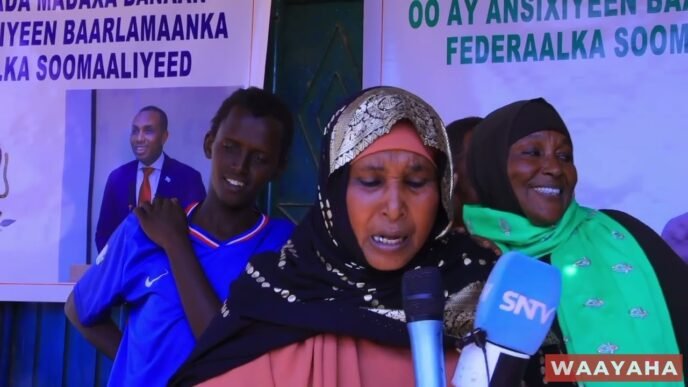The Somali media landscape has undergone a remarkable transformation over the years, evolving from a handful of radio stations to a thriving digital ecosystem. This evolution has not only reshaped how news and information are disseminated but has also profoundly impacted public discourse and the way people engage with current events.
In the early days, radio was the primary medium for news and information in Somalia. Despite the limited number of stations, radio played a pivotal role in keeping the public informed and fostering community engagement. However, as technology advanced, new media platforms emerged, challenging the dominance of traditional radio.
The rise of the internet and social media platforms ushered in a new era of media consumption and content creation. Suddenly, Somalis had access to a vast array of information sources, and the monopoly of traditional media outlets was disrupted. This shift empowered individuals to become content creators and share their perspectives with a global audience.
One of the most significant developments in recent years has been the meteoric rise of TikTok, a short-form video-sharing platform that has captivated the attention of Somali youth. TikTok has become a powerful tool for self-expression, allowing users to share their thoughts, experiences, and creativity with the world in a matter of seconds.
The impact of TikTok on Somali media and public discourse cannot be overstated. It has given a voice to marginalized communities and provided a platform for open dialogue on issues that were once considered taboo. From political commentary to social activism, TikTok has become a space where diverse perspectives can be shared and debated.
However, the proliferation of digital media has also brought its own set of challenges. The spread of misinformation and fake news has become a growing concern, as it can have far-reaching consequences for public opinion and decision-making. Additionally, the anonymity afforded by online platforms has led to instances of cyberbullying, hate speech, and online harassment.
To address these challenges, media literacy and fact-checking initiatives have become increasingly important. Organizations and individuals are working tirelessly to promote critical thinking and equip the public with the tools to navigate the complex digital media landscape.
As the Somali media continues to evolve, it is crucial to strike a balance between embracing new technologies and upholding ethical journalism practices. By fostering a culture of responsible reporting and encouraging open dialogue, the media can play a vital role in shaping a more informed and engaged society.
In conclusion, the journey of Somali media from radio to TikTok has been a remarkable one, reflecting the ever-changing dynamics of communication and information dissemination. While this evolution has brought numerous opportunities and challenges, it has ultimately empowered individuals and communities to have a voice and engage in public discourse like never before.













